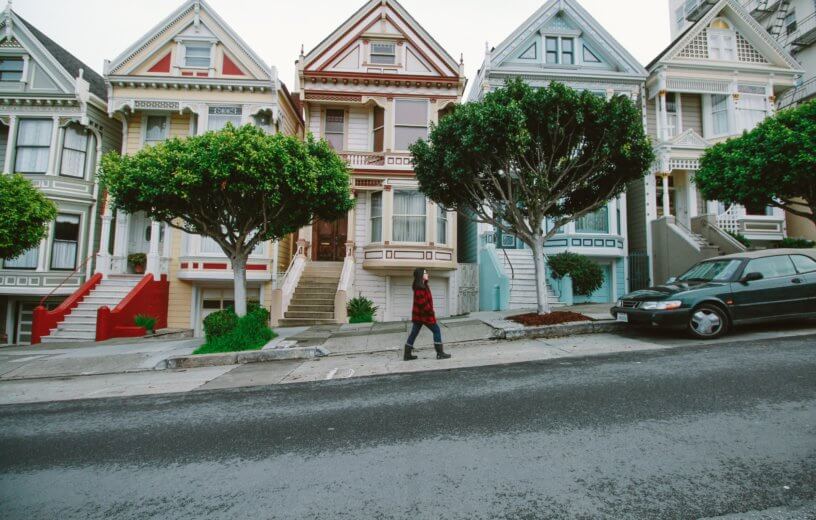AMSTERDAM, Netherlands — People who perceive their neighborhoods as safe from crime have a decreased risk of premature death and heart attacks, a new study reveals. The study found that concerns about crime corresponded to a nine-percent reduced risk of premature death and a six-percent decreased likelihood of experiencing a heart attack.
Researchers examined the relationship between neighborhood features and the incidence of cardiovascular disease (CVD) and mortality. The research encompassed over 35,000 Chinese adults, between 35 and 70 years-old, across 115 communities — 70 urban and 45 rural — in 12 provinces from 2005 to 2009. The median age of participants was 51, with 60 percent being women.
“There is increasing evidence that the neighborhood we live in affects our health,” says study author Dr. Mengya Li of the National Center for Cardiovascular Diseases in Beijing.
“This study highlights the importance of many aspects of our surroundings for heart health and longevity, including feeling safe, having shops, transport and parks close by, cleanliness, and feeling that our neighborhood is a good place to live and to raise children,” Li continues in a media release.
The study considered eight primary aspects: the duration to walk to facilities like shops, restaurants, banks, pharmacies, workplaces, transportation hubs, and parks, as well as safety concerns like street illumination during the night, crime rates, daytime and nighttime safety while walking, and overall community satisfaction.

Associations between these factors, cumulative scores, and health outcomes were analyzed after accounting for variables like age, gender, body mass index (BMI), educational attainment, and household income. During a median monitoring period of 11.7 years, 2,034 participants passed away. Out of these, 765 deaths were due to CVD, and there were 3,042 significant CVD occurrences.
A higher neighborhood environment rating was linked with a six-percent diminished risk of major CVD incidents and all-cause deaths, a 12-percent reduced death probability during the monitoring phase, and a 10-percent decreased risk of CVD-induced mortality.
Safety from crime emerged as the most influential factor relating to health outcomes. Dr. Li noted that a superior neighborhood safety rating was linked with a nine-percent decreased mortality risk during the monitoring period, a 10-percent lowered CVD-induced mortality risk, a three-percent reduced likelihood of major CVD events, a six-percent diminished risk of heart attacks, and a 10-percent reduced probability of heart failure.
Furthermore, a higher score concerning the proximity to amenities correlated with a one percent reduced risk of mortality from CVD, major CVD incidents, and heart attacks.
“While some of the percentage reductions in risk are small, they affect large numbers of people and therefore could have a wide-ranging impact. The findings can be used by policymakers to take action to mitigate the adverse effect of poor community conditions on health, such as improving local amenities and transport connectivity, providing green spaces and street lighting, and building paths for walking, running and cycling,” Dr. Li concludes.
The findings were presented at ESC Congress 2023 in Amsterdam.
South West News Service writer Stephen Beech contributed to this report.

